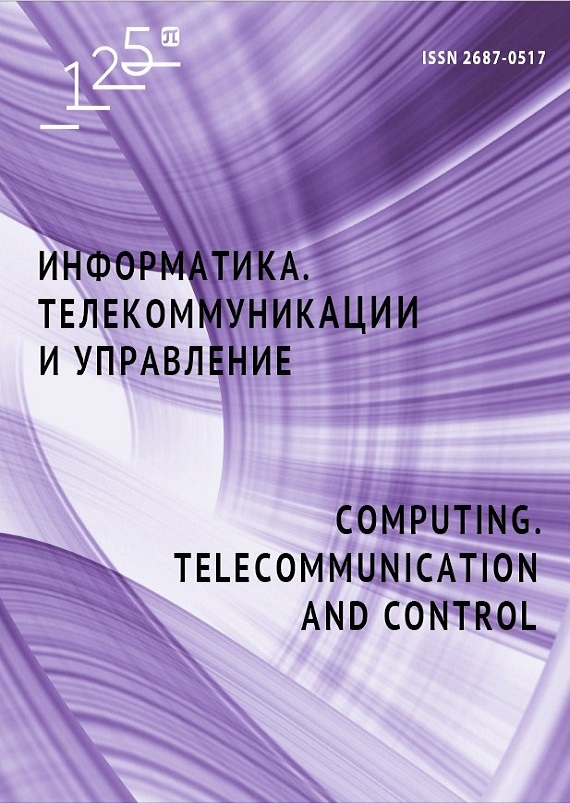Throughput evaluation of the millimeter-wave 5G communication systems
The new, millimeter-wave (mmWave) Wi-Fi standard IEEE 802.11ay considers various indoor and outdoor scenarios, including multiple users access and backhauling with a range up to several hundred meters. Moreover, the 5G wireless communication systems are expected to adopt a heterogeneous network (HetNet) architecture, where small mmWave cells overlap a conventional macro cells network. The new applications require large antenna arrays and multi-stream transmission (MU-MIMO) with new beamforming algorithms, aimed not only at the single link quality maximization, but also at the optimization of the throughput in the whole deployment. In this paper, we evaluate the throughput of the mmWave communication systems for the main scenarios of their deployment. A comparative analysis of the different large antenna array techniques is carried out in application to MU-MIMO transmission at the small cells base station (BS) or Wi-Fi access points. The joint beamforming and scheduling algorithms utilizing the introduced antenna array architectures at the BS were developed. Finally, performance evaluation and comprehensive comparative analysis of the considered antenna array techniques are done using system level simulations for three deployment scenarios ("open space", "alleyway" and "hotel lobby") defined in the adopted millimeter-wave Wi-Fi standard IEEE 802.11ay. The proposed large antenna array architectures and the developed joint beamforming and scheduling algorithms for MU-MIMO transmission may find practical applications in millimeter wave Wi-Fi and 5G NR wireless communication systems.


